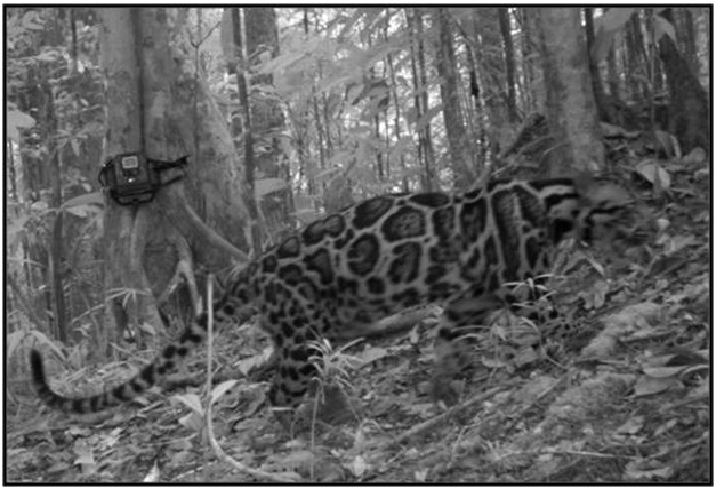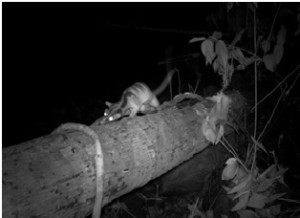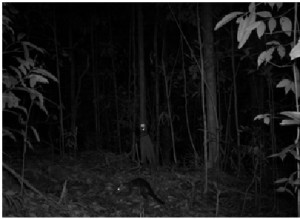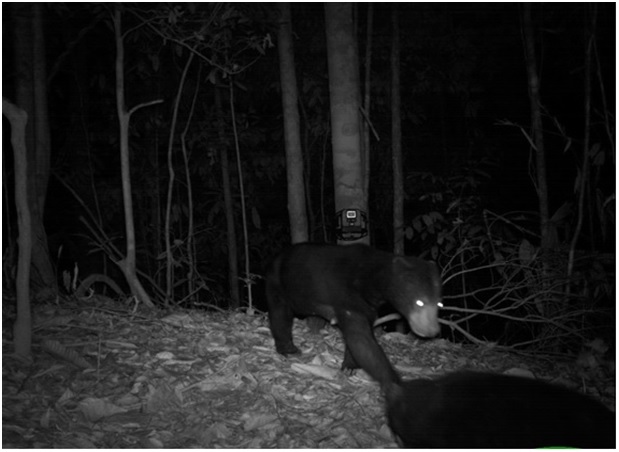Cameras4Conservation
Many regional conservation survey efforts focus on a few high-profile, charismatic priority species. This means that ecological information important to the conservation of a great number of species is often ignored. Among these species are numerous cats and other carnivores, many of which may be more threatened or endangered than larger, flagship species. Resources to conduct sound regional status assessments of these lesser known species, including the clouded leopard – our own logo, are at best very limited, but all too often completely lacking. No geographical regions best exemplify where these conservation concerns are most pressing than south and southeast Asia, where potentially the greatest number of these species occur.
Project Goals
To address the needs of these carnivores, S.P.E.C.I.E.S. has launched Cameras4Conservation with partner Emerging Wildlife Conservation Leaders (EWCL), a collaborative effort that capitalizes on the abundance of functional camera-traps available from previous users and studies.
In focusing on bringing information on these species to light to better protect them and their tropical forest habitats, Cameras4Conservation aims to integrate our “4” synergistic goals: research, education, public outreach, and community participation. When combined, these goals are among the most powerful tools for achieving conservation.
By making camera-traps available to teams of emerging conservation professionals from this region looking to further the conservation of rare species like bay cats, sun bears, Hose’s civets, flat-headed cats, and ferret badgers, to name just a few, we hope to support their education and enhance local individual capacity, while promoting much needed public outreach and awareness skills, and developing stronger relationships with local human communities.
We are also working with other institutions across these regions in order maximize the use of information regarding these species collected during surveys of tigers, rhinos, tapirs, and other larger, charismatic mammal species. In building on our successes, we expect to broaden the scope of cameras4conservation to include other high priority tropical regions where too little is known about tropical forest carnivore species and other cryptic mammals, including west and central Africa, Madagascar, Mesoamerica, tropical China, the Philippines, and the Amazon Basin.
What can you do?
Make a donation to S.P.E.C.I.E.S. to help support the Cameras4Conservation Project. Your donation will go a long way to ensure that our projects reach their full potential.
Or, you can spread the word using #Cameras4Conservation





